Description
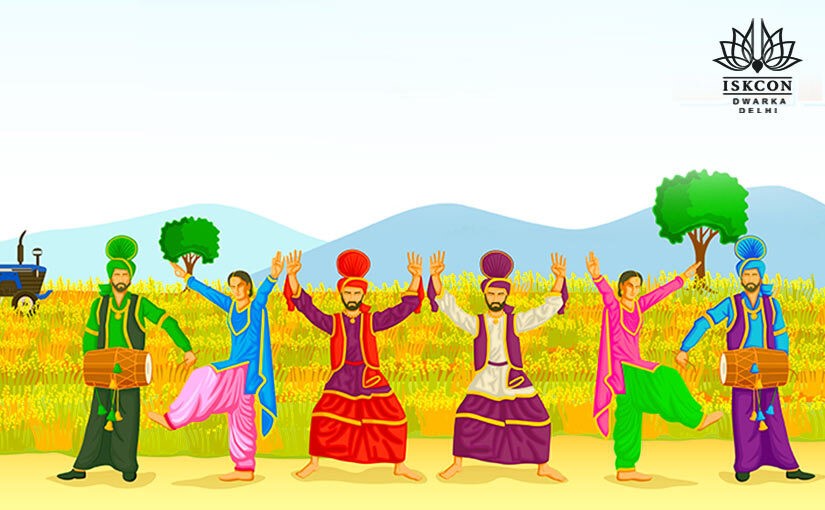
Disclaimer: Copyright infringement not intended.
Context
- The President of India, Smt. Droupadi Murmu greeted on the eve of Vaisakhi, Vishu, Rongali Bihu, Naba Barsha, Vaisakhadi and Puthandu Pirappu which are being celebrated on 14th and 15th April, 2023.
Details
- These farmers’ festivals, celebrated in different parts of our country, present a glimpse of India's rich cultural heritage and diversity.
- These festivals are celebration of the happiness, prosperity and progress which follow the hard work of our Annadata farmers.
- These festivals are also an occasion to respect their hard work.
About the festivals
Baisakhi
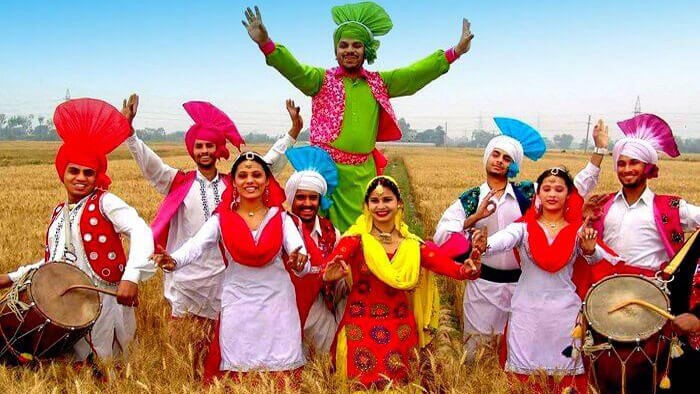
- Vaisakhi, also pronounced Baisakhi as well as Basoa, marks the first day of the month of Vaisakh and is traditionally celebrated annually on 13 April and sometimes 14 April.
- It is seen as a celebration of spring harvest primarily in Northern India.
Vishu
- Vishu is a spring festival celebrating the Hindu vernal equinox in Kerala, Tamil Nadu, and Mahe of India.
- Vishu falls on the first day of the month of Medam in the Malayalam Calendar.
- The festival is marked by family time, preparing colourful auspicious items and viewing these as the first thing on the Vishu day.
Bohag Bihu
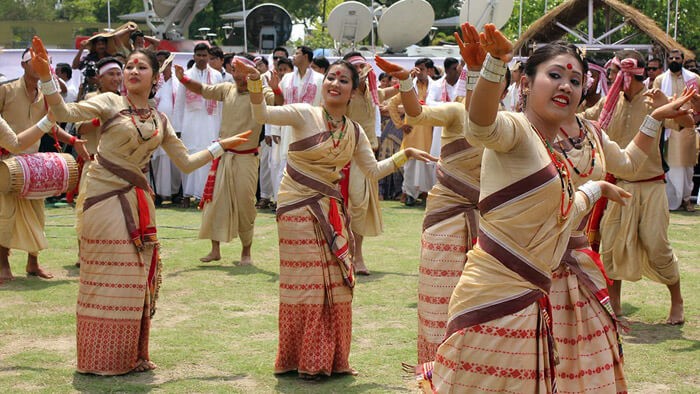
- Bohag Bihu or Rongali Bihu also called Xaat Bihu is a traditional ethnic festival celebrated in the Northeastern Indian state of Assam and other parts of Northeastern India by the indigenous ethnic groups of Assam, and marks the beginning of the Assamese New Year.
Naba Barsha
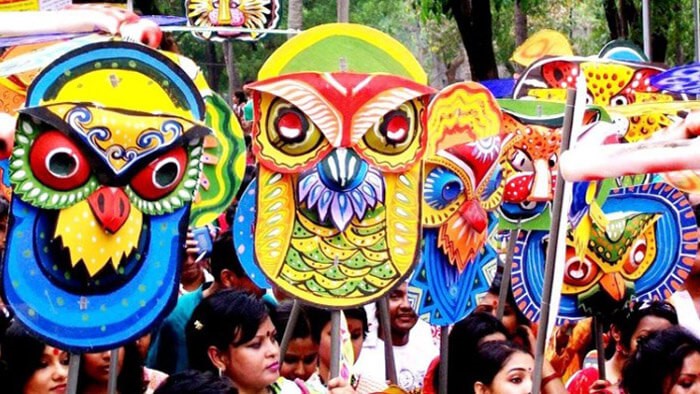
- Pohela Boishakh is the first day of the Bengali calendar which is also the official calendar of Bangladesh.
- This festival is celebrated on 14 April in Bangladesh and 15 April in the Indian states of West Bengal, Tripura, Jharkhand and Assam by Bengalis regardless of religious faith.
Vaisakhadi
- Mesadi/Vaisakhadi is an important festival celebrated by the people of Maharashtra and Karnataka.
- It is celebrated on the 13th day of the bright half of the Hindu month of Vaishakha.
- It is an important festival for the farmers of Maharashtra and Karnataka as it marks the beginning of the sowing season.
- The highlight of the festival is the procession of the village deity, which is taken out in a palanquin.
- People follow the procession singing devotional songs and playing musical instruments.
- At the end of the procession, people indulge in a feast. Sweets like puran poli, laddu, and modak are prepared and distributed among the people.
Puthandu
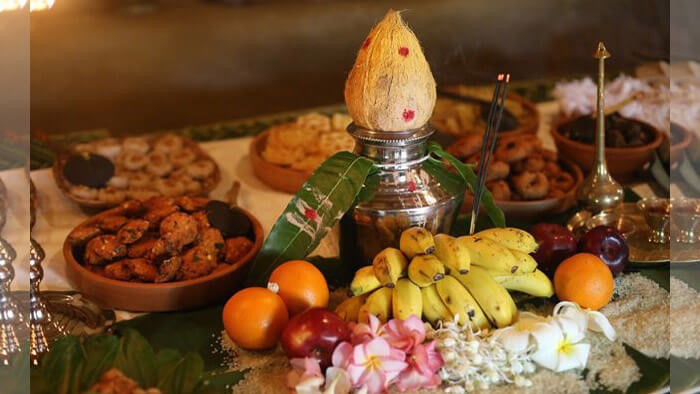
- Puthandu, also known as Tamil New Year, is the first day of year on the Tamil calendar, traditionally celebrated as a festival by Tamils as the first day of the Tamil month Chittirai.
- It falls on or about 14 April every year on the Gregorian calendar.
Other new year festivals
Cheti Chand– Sindhi New Year
- Sindhiscelebrate the New Year as Jhulelal Jayanti (birth) or Dariyalal Jayanti or New Year Day.
- As per the Hindu Calendar, the Cheti Chand festival is celebrated on the first day of the month of Chaitra.
- Jhulelal is considered as an incarnation of Lord Varun, God of water
Gudi Padwa– Marathi New Year
- People in Maharashtra celebrated the spring-time festival which marks the traditional new year for Marathi and Konkani Hindus in the subcontinent.
- It is celebrated in and around Maharashtra on the first day of the month of Chaitra, according to the Hindu calendar.

Pana Sankranti– Odisha New Year
- Also known asMaha Vishuba Sankranti, is the traditional new year day festival of Hindus in Odisha, India.
- On this day the sun enters the sidereal Aries or Mesha Rashi. It generally falls on 14/15 April.
Ugadi – Telugu New Year
- It is the “Telugu New Year” festival for the people of the Deccan region of India.
- It falls on the Thidi, Chaitra Suddha Padyami.
- According to the Hindu, Calendar Chaitra is the first month of the new year and Suddha Padyami is the first day of the new year.
- The term Ugadi came from the Sanskrit word Yugadi, Yuga means to age and Adi are beginning. So Yugadi means the beginning of a new year.
- According to the Chandramana system (Shalivahana Shaka), Telugu New Year falls on Chaitra Shuddha Prathipade.
Bestu Varas– Gujarati New Year
- Also known as ‘Bestu Varas’, ‘Varsha-Pratipada’, or simply ‘Padwa’,is celebrated each year after Diwali to worship Lord Krishna and the Govardhan Hills.
- It is the first bright day of Kartik (Kartak sud Ekam).
Losoong– Sikkimese New Year
- Losoongor Sikkimese New Year is one of the most popular and old age festivals of Sikkim, celebrated in the month of December.
- It marks the end of the harvesting season and the New Year for the people of Sikkim.
- Losoong is also known as ‘Sonam Losar’ the farmer’s New Year,Chham dance is one of the major attractions of the festival.
Navreh– Kashmiri New Year
- The New Year celebrations of the Kashmiri Pandits are ushered in with Navrehthat literally means the new year.
- Navrehis derived from the Sanskrit word ‘Nava-Varsha‘, meaning New Year.
- It falls on Chaitra Shukla Pratipada or the first day of the bright fortnight of the month of Chaitra.
.jpg)
Hijri– Islamic New Year
- The Islamic New Year, also known as Hijri New Year or Arabic New Year marks the beginning of a new Hijri year.
- The first day of the year is observed on the first day of Muharram, which is the first month in the Islamic calendar.
Losar– Arunachal Pradesh New Year
- The Tibetan New Year is the most important festival on the Tibetan calendar, falling very close to the traditional Chinese New Year.
- It corresponds to a date in February or March in the Gregorian calendar.
Nowruz– Persian New Year
- It marks the beginning of the Iranian or Persian New Year, celebrated by Parsis across India.
- It is a holy day for Zorastrians and marks the beginning of spring in the Northern Hemisphere.
- The word Nowruz literally translates to ‘new day’ in Persian.
|
PRACTICE QUESTION
Q) How many of the following pairs with reference to traditional new year festivals in India is/are correctly matched?
a. Losar– Arunachal Pradesh New Year.
b. Losoong– Sikkimese New Year.
c. Pana Sankranti– Odisha New Year
- Only 1
- Only 2
- Only 3
- None of the above
Correct Answer: 4
|

https://www.pib.gov.in/PressReleasePage.aspx?PRID=1916278



















